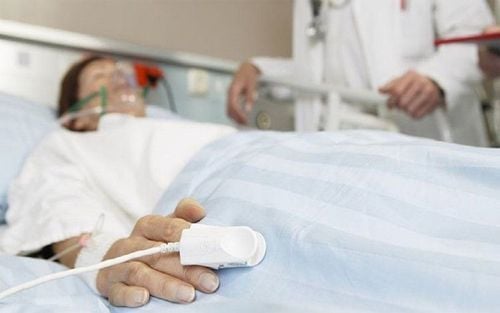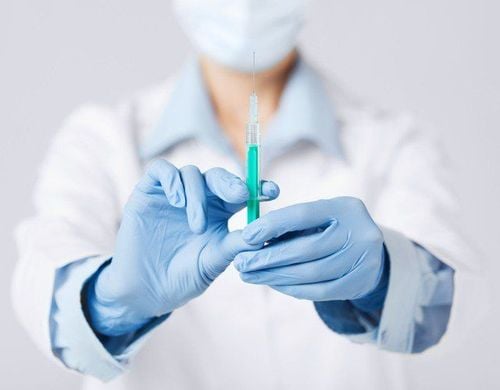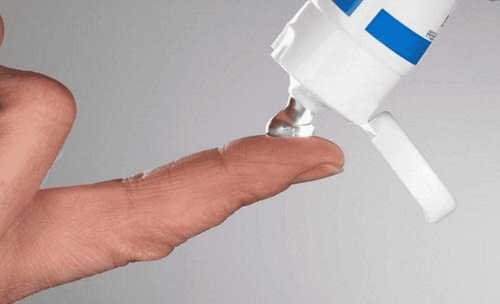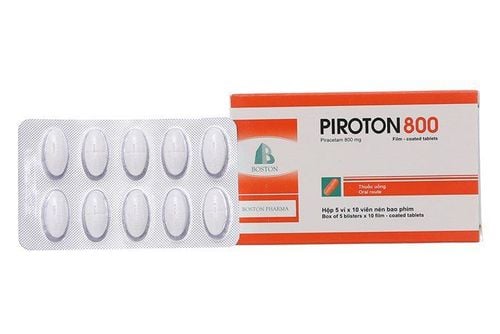This is an automatically translated article.
The article was professionally consulted by Specialist Doctor II Dinh Van Loc - Department of General Surgery - Vinmec Danang International General Hospital.
Anesthesia is the most common method of anesthesia, accounting for more than 50% of surgical cases. However, local anesthetics, like any other drug, when put into the body, have a rate of causing allergic reactions or anaphylaxis, but extremely rarely, especially for the Amino-Amid group that is being used commonly. now. In fact, anesthetic poisoning is the main cause of the complications encountered in the operating room.
1. Symptoms of local anesthetic poisoning
Need to think immediately for anesthetic poisoning during and after anesthesia if the patient has the following symptoms:Central nervous system symptoms:
Bitter mouth, numbness around the mouth, tinnitus, blurred vision There are stimuli such as speech chatter, confusion, agitation, vibration or convulsions There are signs of depression such as drowsiness, lethargy, coma or apnea Cardiovascular symptoms:
Conduction and heart rhythm disturbances, even cardiac arrest Blood pressure drop
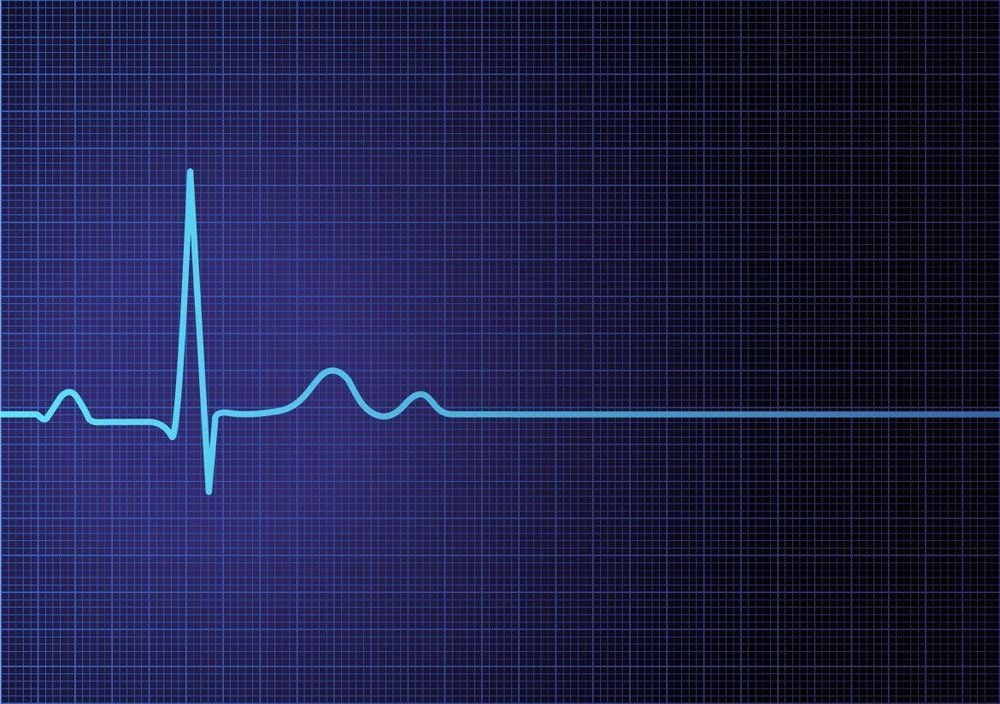
Ngộ độc thuốc tê thậm chí có thể dẫn đến ngừng tim
2. How to diagnose anesthetic poisoning?
Update on the diagnosis of local anesthetic poisoning by the Vietnam Association of Emergency Resuscitation and Anti-Poisoning in 2018 includes:Up to 50% of cases of atypical poisoning: the patient has no seizures, only cardiac symptoms. pulse or slow onset Typical cases will have symptoms such as numbness around the mouth, tinnitus, irritability, neurological disturbances, confusion, convulsions and coma Cardiovascular system will initially have hypertension , tachycardia and then hypotension, bradycardia with ventricular arrhythmias, asystole Central nervous system symptoms such as excitability (anxiety, difficulty speaking, convulsions), inhibition (somnolence, responsiveness) slowness, coma) and other nonspecific symptoms (metallic taste in the mouth, numbness, double vision, dizziness) If early disturbances will appear within 1 minute after local anesthetic injection, if late about 1 hour after the anesthetic injection. Anesthesiologists and technicians should consider anesthetic toxicity in any patient with altered consciousness and cardiac or neurological abnormalities. Cardiovascular symptoms may sometimes be the sole manifestation of toxicity. Do not be subjective in all cases including:
The dose of local anesthetic used is low, the patient may be too sensitive The route of administration is atypical Due to direct injection by the surgeon After removing the garo in intravenous anaesthesia
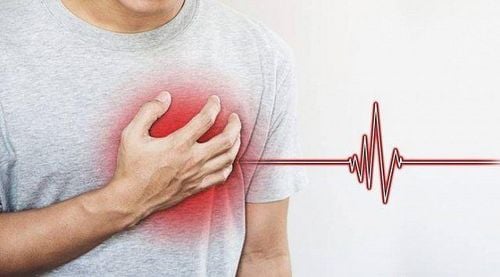
Ngộ độc thuốc tê chủ yếu gây ra các triệu chứng bất thường về tim mạch
3. Risk factors for local anesthetic toxicity
Patients are children, the elderly, weak, exhausted or have cardiovascular diseases such as heart failure, conduction disorders, low blood protein. Elderly patients are more likely to have organ dysfunction Children are given anesthesia most of the time when they are sick. anesthesia leads to failure to recognize early symptoms, cardiovascular or central nervous system manifestations, making it passive in management Fat-soluble local anesthetics have a higher risk of toxicity than the total dose of local anesthetics. or high dose/kg increases the risk of anesthetic toxicity Patients with decompensated heart failure, severe valvular disease Location of multiple vascular anesthesia.
Trẻ em thường có nguy cơ ngộ độc thuốc tê cao hơn
4. First aid for anesthetic poisoning like?
Lipid 20% is the first, main and most important drug used in emergency anesthetic poisoning. The medical staff should take the following steps to manage a case of local anesthetic poisoning: First stop injecting local anesthetic immediately Call for help if necessary Use an anesthetic poisoning emergency box, 20% lipid infusion Control airway by giving patient 100% oxygen or intubation with mechanical ventilation if necessary Use 20% lipid as follows: intravenous injection of 1.5 nl/kg over 2-3 minutes then maintenance infusion 0, 25 ml/kg/min. If the patient's condition remains unstable, a booster dose of 1-2 times should be given at the same dose and twice the maintenance infusion rate. The total dose should not exceed 12 ml/kg or 1000 ml in 30 minutes. Treat convulsion in patients with benzodiazepines, avoid Propofol, especially in hemodynamically unstable patients Treat bradycardia with atropine 0.5-1mg IV If the patient's cardiac arrest is due to local anesthetic toxicity, resuscitation is required. CPR, call a cardiopulmonary unit, and get ready for advanced resuscitation. Use special electric shock without using Vasopressin, Calcium channel blockers, Beta blockers or other anesthetics. Continue to monitor the patient for the next 4-6 hours if there is a cardiovascular event or at least 2 hours if there is a CNS event.5. Prevention
As always, the best treatment is prevention. This is especially true for local anesthetic toxicityThe efficacy and availability of lipofudin does not reduce potential morbidity even in the event of successful treatment. For that reason, it is recommended to use ultrasound, endovascular markers, inject 3-5 ml, stop monitoring, then repeat, before injecting to check for blood, use less toxic drugs and the lowest dose. recommended efficacy There is a greater possibility of local anesthetic systemic toxicity in lean (small muscle mass) patients, the elderly, and patients with pre-existing heart or liver disease or carnitine deficiency. About half of the cases of local anesthetic poisoning are atypical, without seizures (other CNS symptoms). The incidence of toxicity is increased when injected near rich vascular areas. It is highest with paraspinal and intercostal nerve injections Prevention of local anesthetic toxicity requires optimization of a complete system for regional anesthesia: patient selection, method selection, drug and dosage , monitor and fully utilize the ultrasound machine when possible, and prepare for anesthetic toxicity by having a kit on hand and practicing simulations. Prevention also includes raising awareness and educating our anesthesiologists about the proper use of local anesthetics and risks, including the management of anesthetic toxicity. Vinmec International General Hospital is one of the hospitals that not only ensures professional quality with a team of leading medical doctors, a system of modern technological equipment such as: nerve detectors, ultrasound machines, etc. applied in nerve plexus anesthesia techniques, strictly applying safe surgical anesthesia practice standards, but also outstanding with comprehensive and professional medical examination, consultation and treatment services; civilized, polite, safe and sterile medical examination and treatment space.
After surgery, our patients always receive good analgesia care, prevent vomiting for patients at risk of nausea and vomiting after surgery, and have a heating system during and after surgery so most of the patients are very satisfied. heart, early mobilization, earlier recovery and discharge...
Doctor Dinh Van Loc graduated as a General Doctor in Hue in 1990, graduated as a Specialist Doctor I in 2003 and a Specialist Doctor in Anesthesia II. resuscitation in 2017. Dr. Loc has advanced training in Anesthesiology and resuscitation and has more than 23 years of experience in pediatric intensive care anesthesia, cranial nerve anesthesia, and resuscitation anesthesia for patients. Liver resection, esophagectomy at Hospital
For detailed advice, please visit Vinmec health system or book online HERE.





